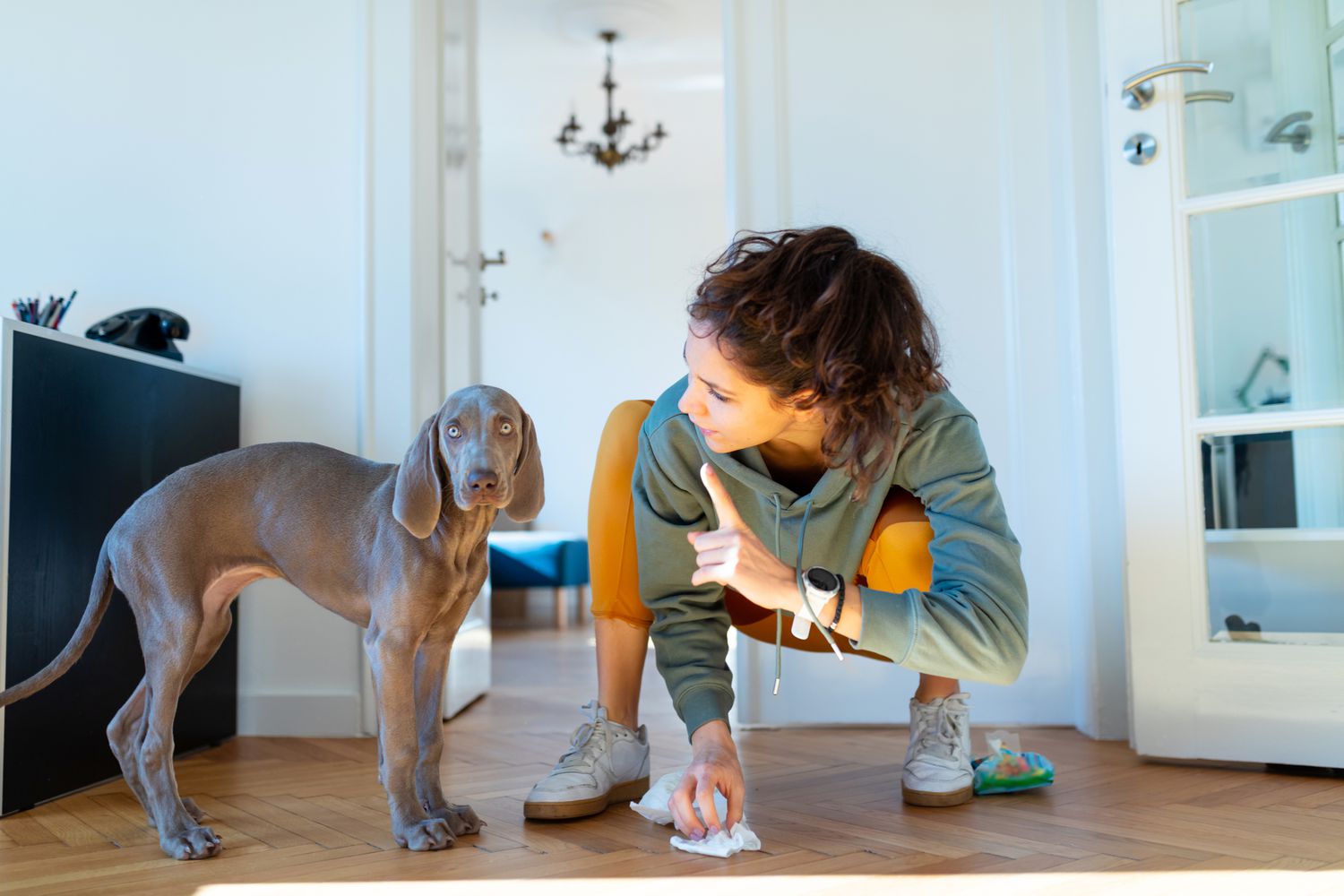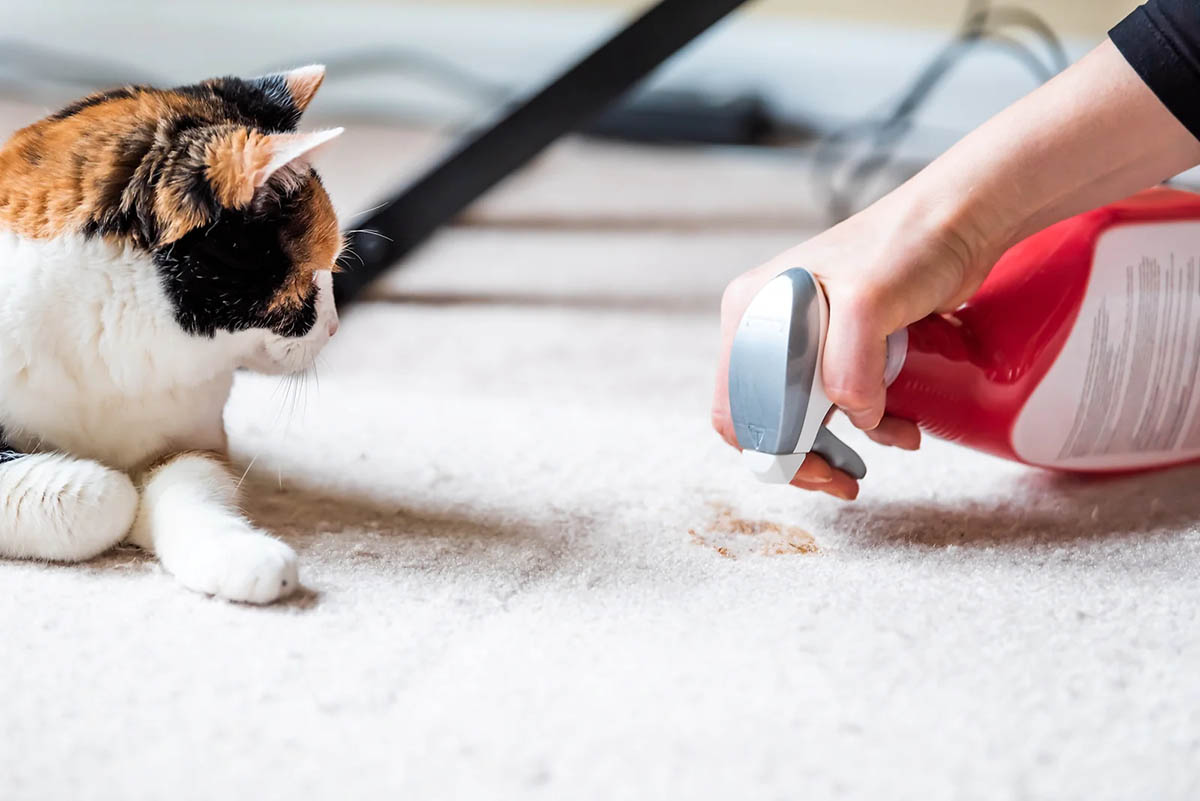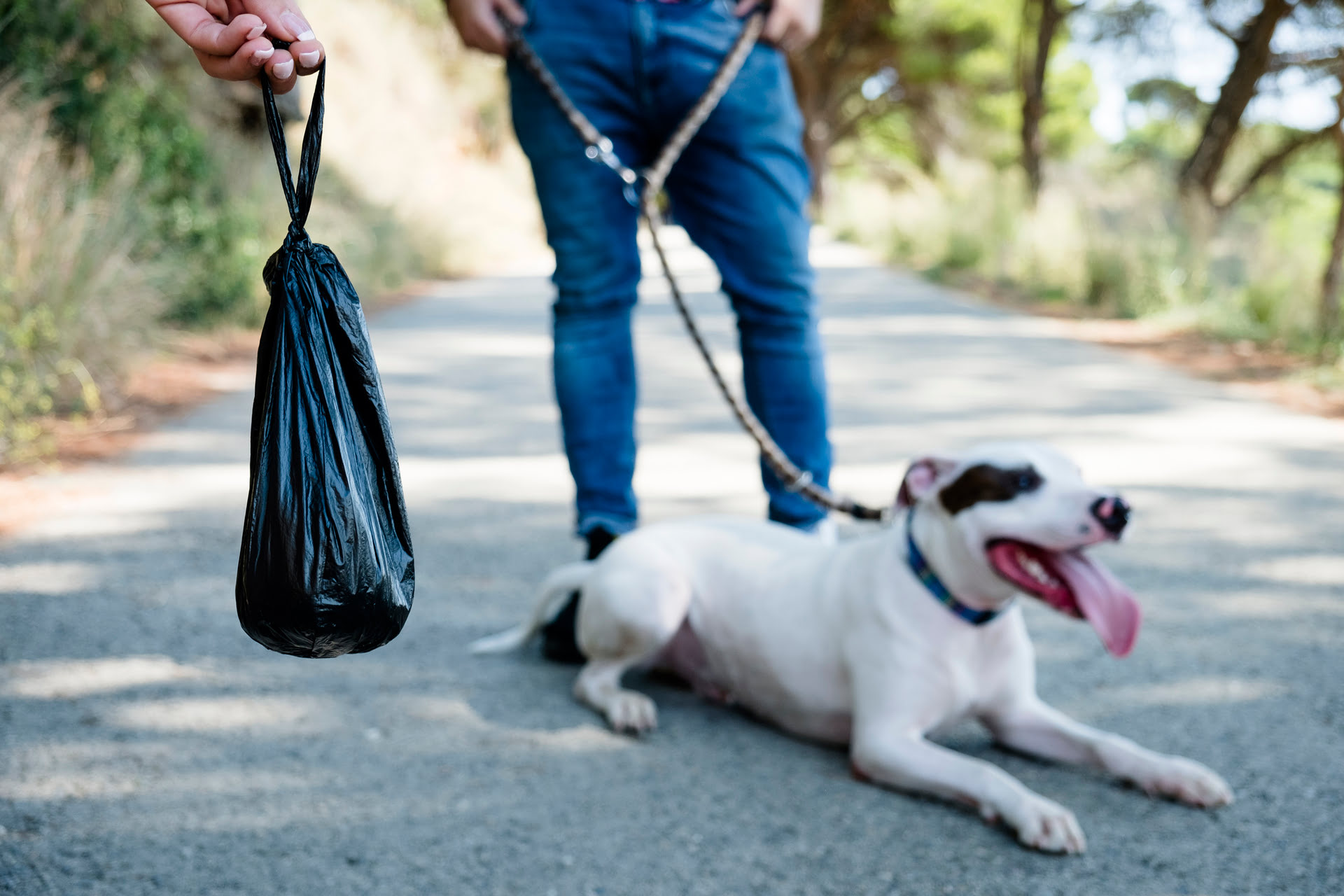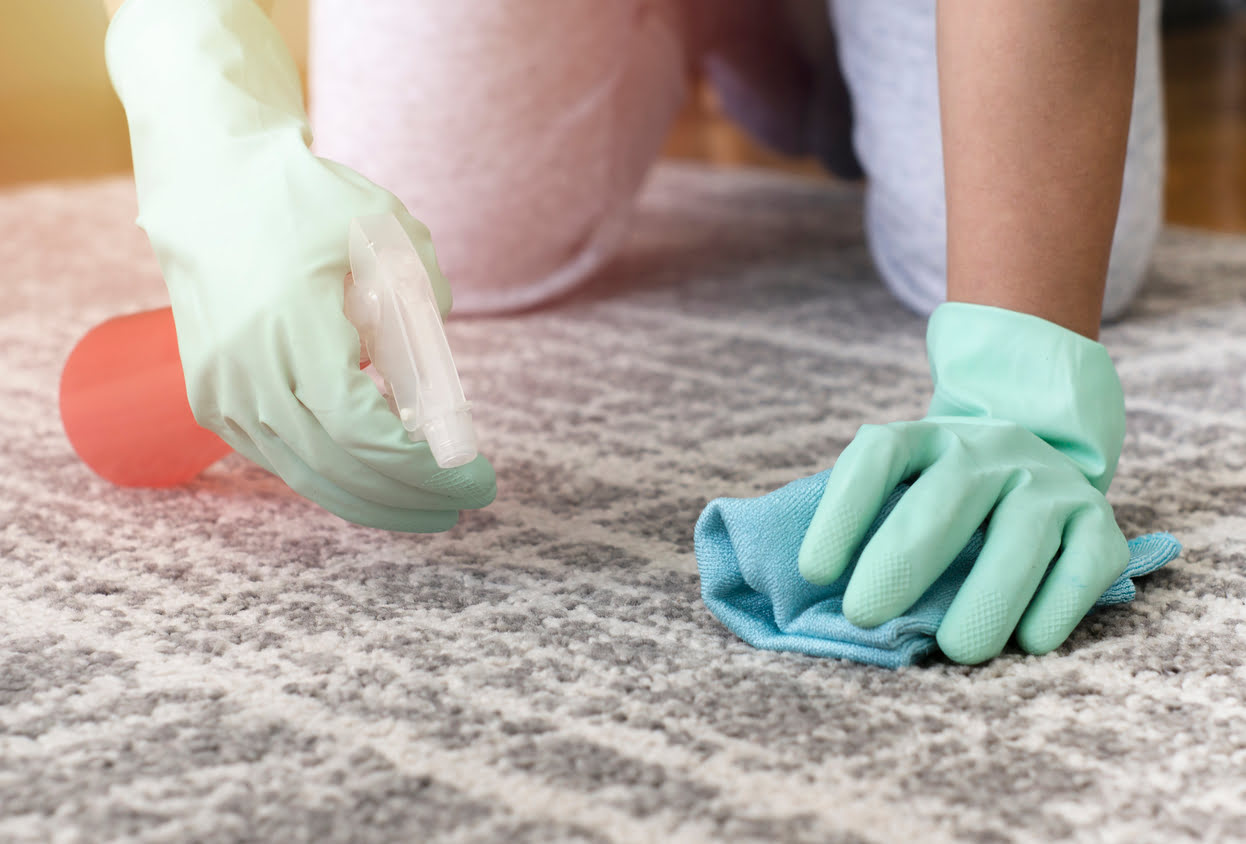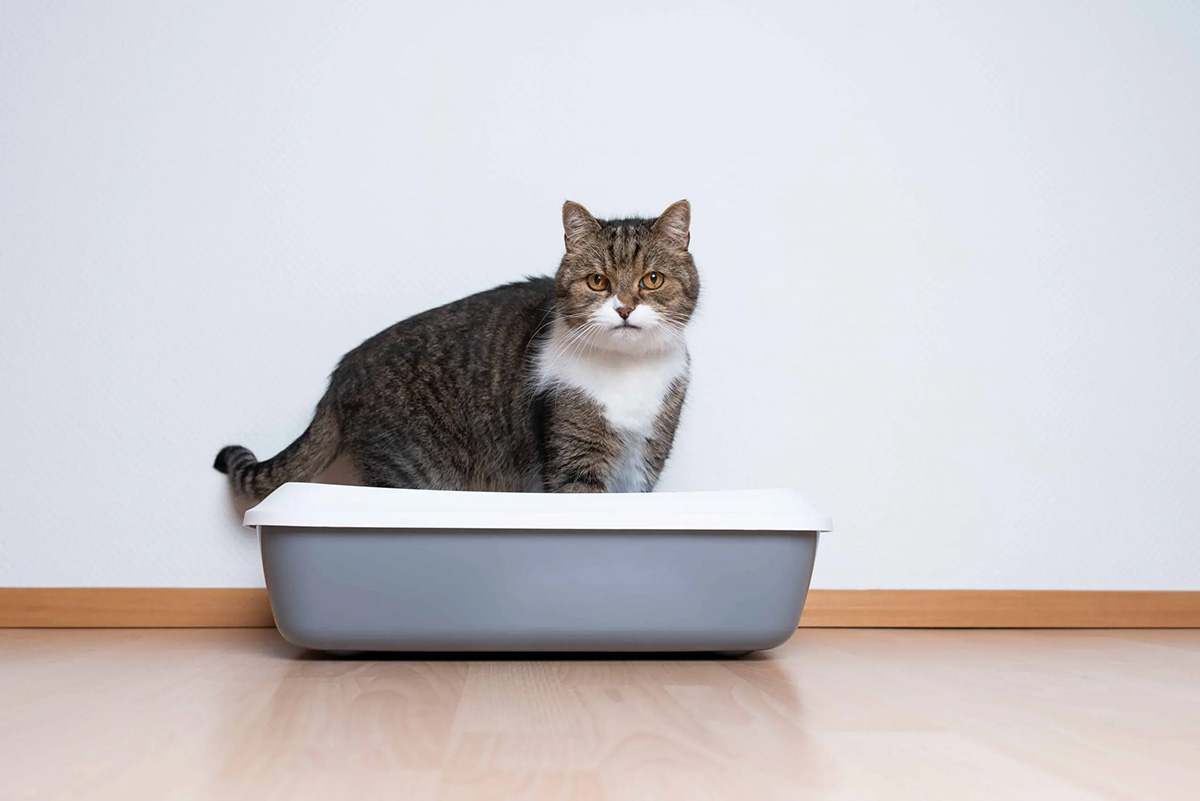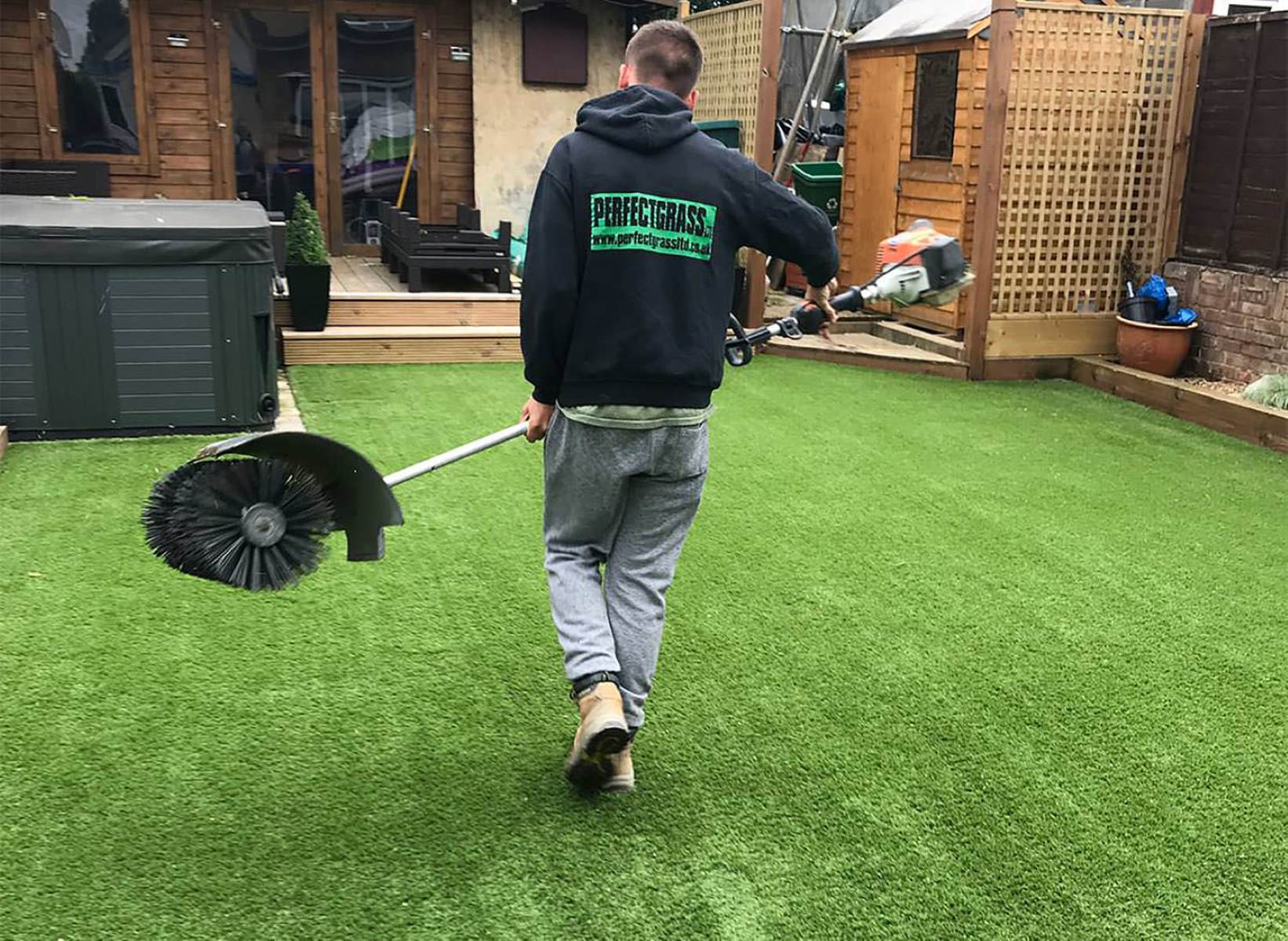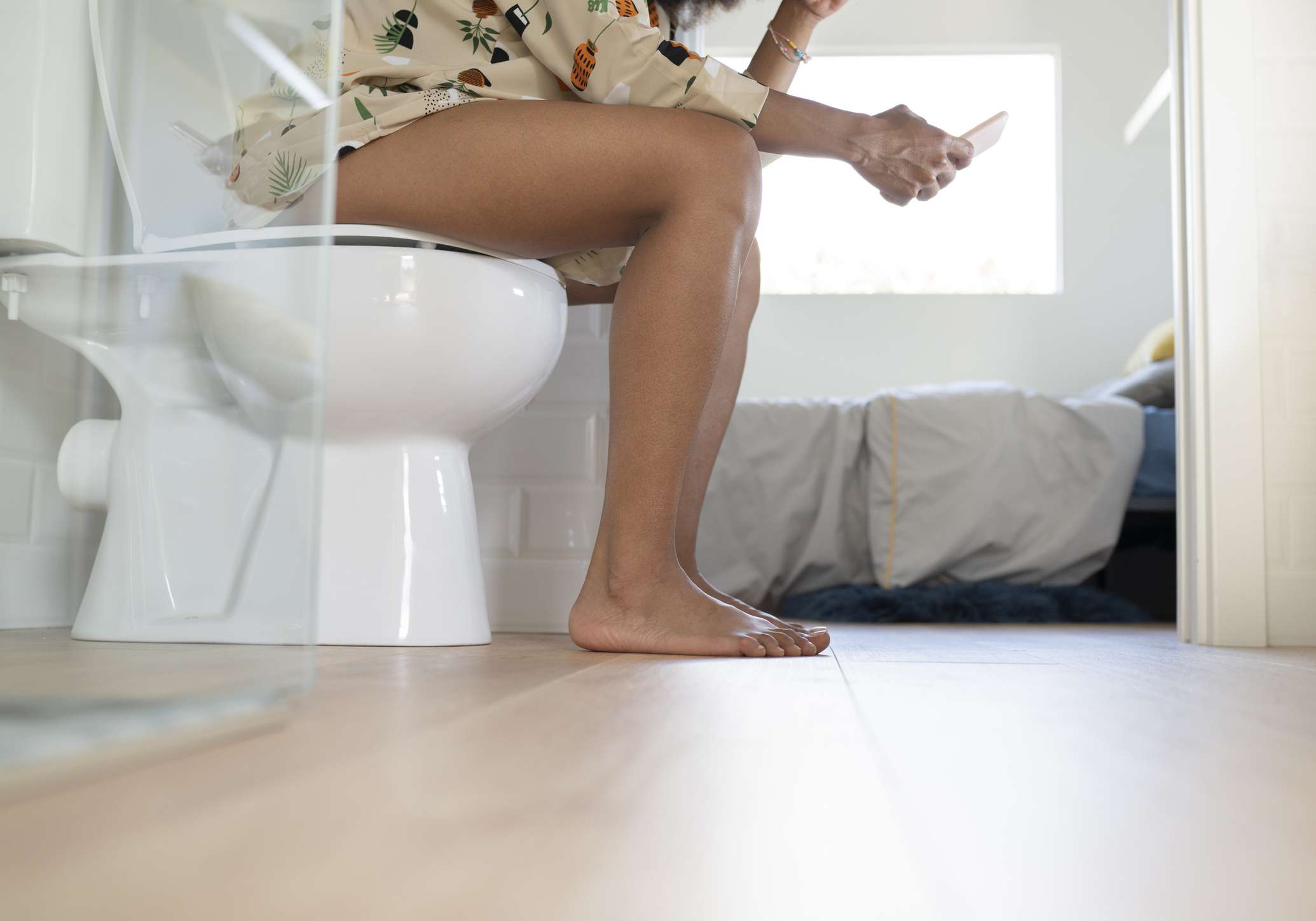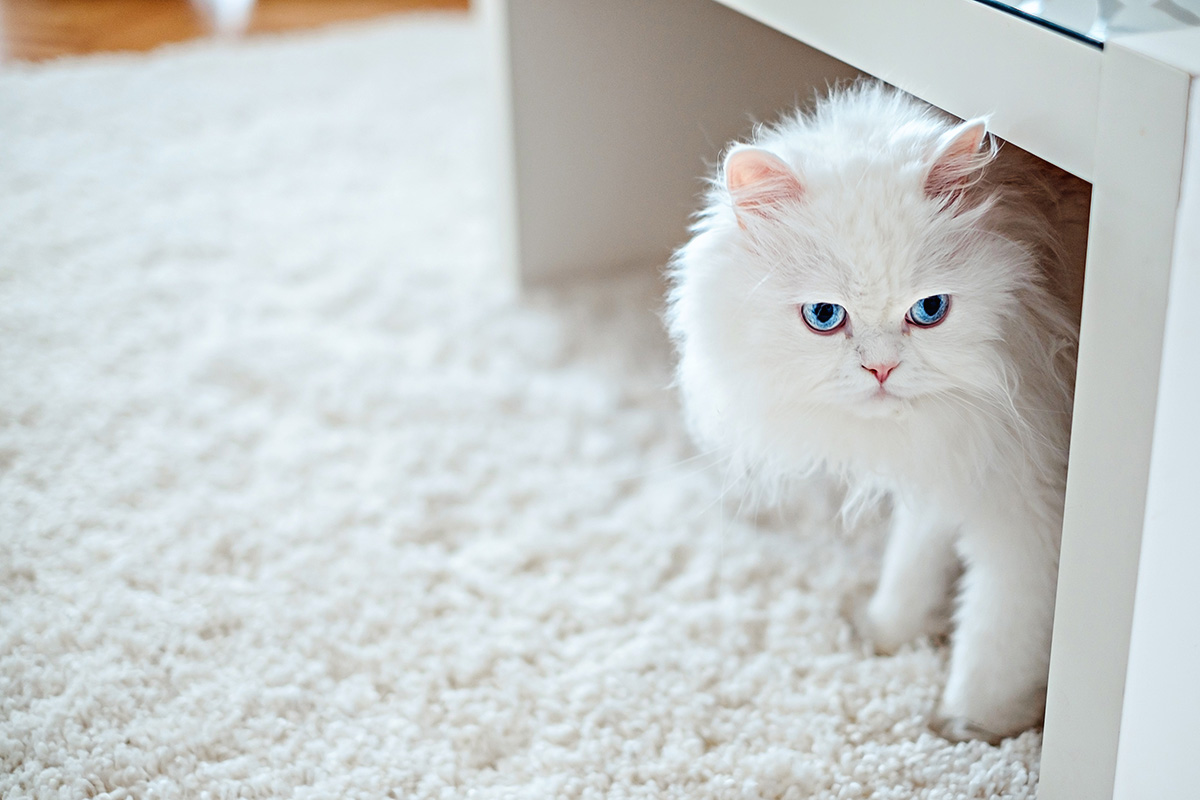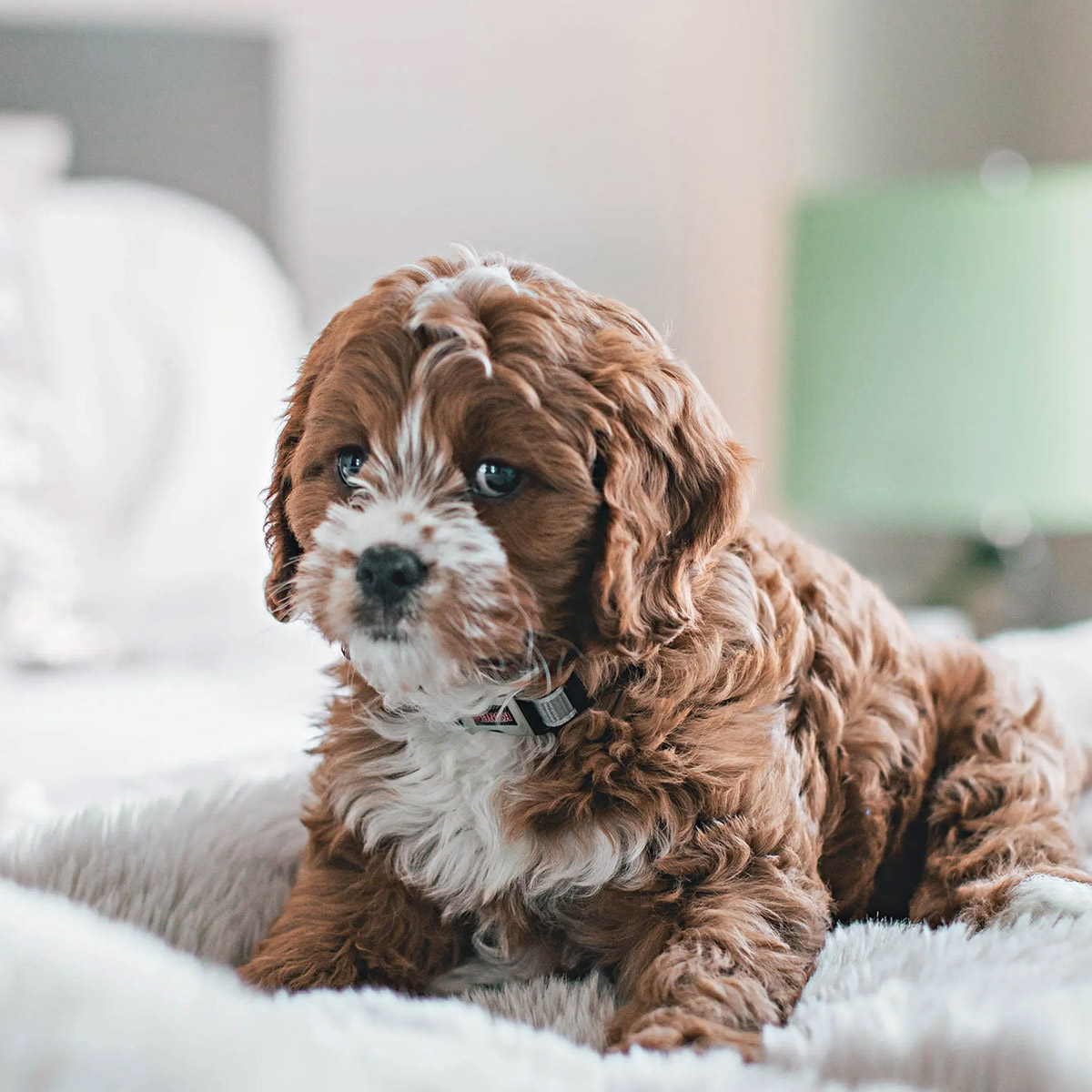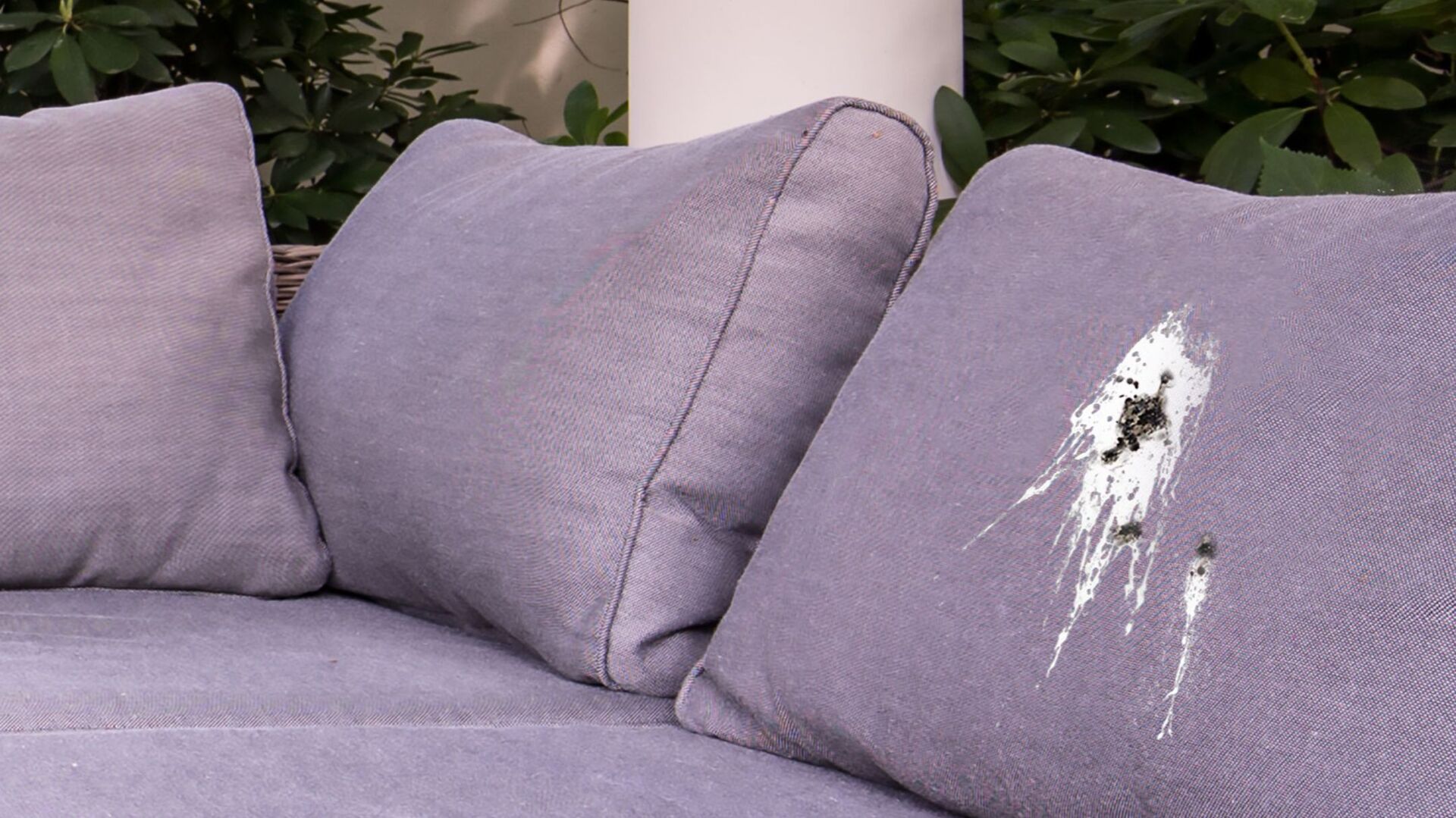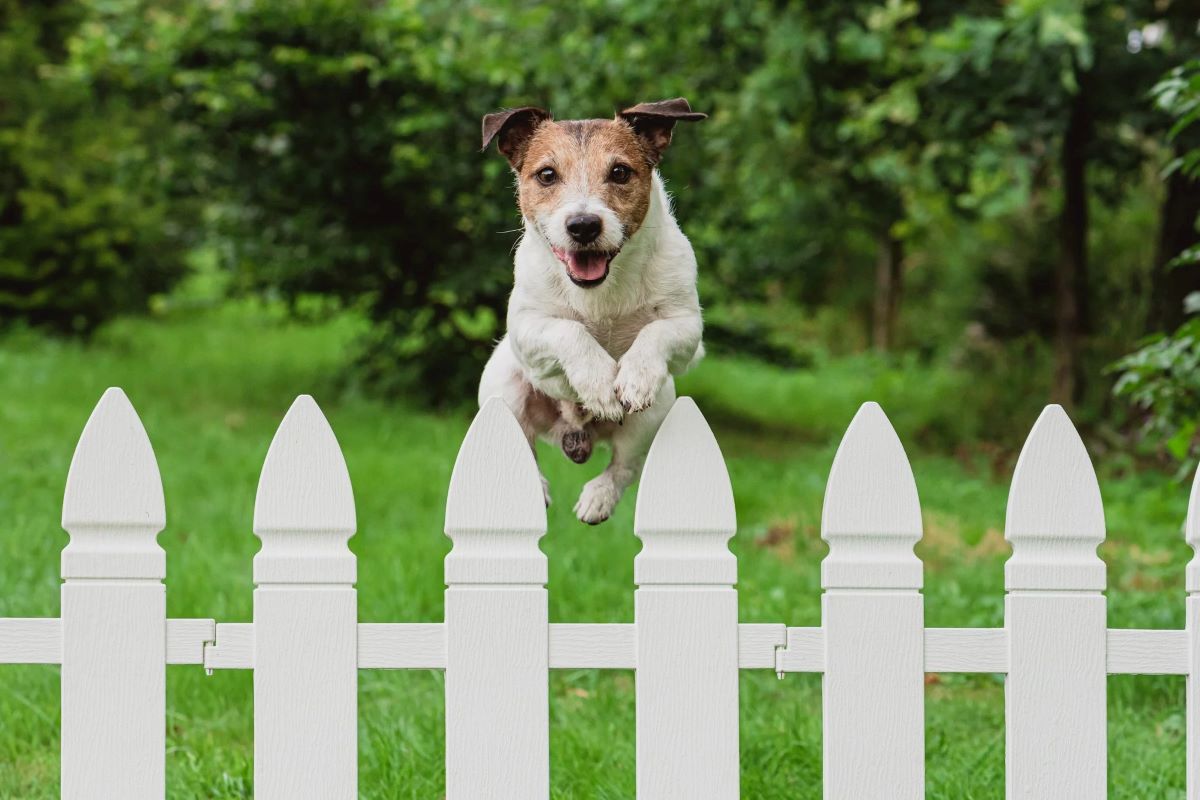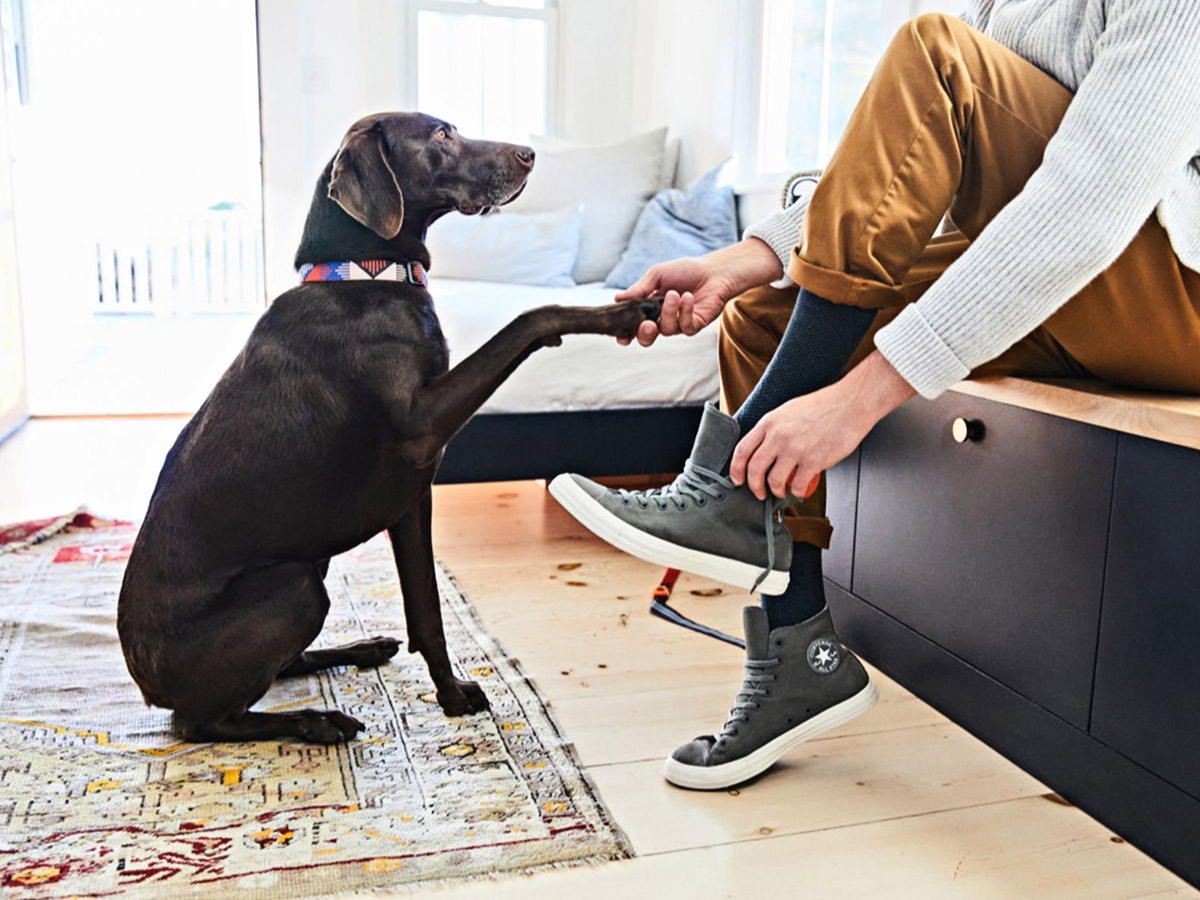

Articles
How To Keep Dogs From Pooping On A Carpet
Modified: January 26, 2024
Looking for informative articles on how to keep dogs from pooping on a carpet? Find practical tips and solutions to maintain a clean and odor-free home.
(Many of the links in this article redirect to a specific reviewed product. Your purchase of these products through affiliate links helps to generate commission for Storables.com, at no extra cost. Learn more)
Introduction
Having a dog as a pet can bring immense joy and companionship to our lives. However, one common issue that many dog owners face is dealing with their furry friend’s occasional accidents on the carpet. Not only can it be frustrating and inconvenient to constantly clean up after them, but it can also damage the carpet and leave a lingering unpleasant odor.
In order to address this problem, it’s important to understand why dogs sometimes choose to relieve themselves on the carpet instead of their designated potty area. Dogs may engage in this behavior due to various factors, including insufficient training, territorial marking, separation anxiety, or medical issues. By recognizing and addressing the underlying cause, you can effectively prevent your four-legged friend from using your carpet as their private restroom.
In this article, we will explore several strategies and techniques to keep dogs from pooping on carpets. From establishing a designated potty area to using positive reinforcement techniques to redirecting undesired behaviors, we will provide you with practical tips to help maintain a clean and odor-free home.
So, if you’ve been struggling with this issue, read on to discover proven methods to train your dog and keep them from leaving unwelcome surprises on your precious carpets.
Key Takeaways:
- Establishing a designated potty area, using positive reinforcement, and maintaining consistency are key to preventing dogs from pooping on carpets. Supervision, exercise, and redirecting behaviors also play a crucial role in fostering proper bathroom habits.
- Properly cleaning and removing stains from carpets is essential to discourage repeat accidents. Understanding the reasons behind the behavior and seeking professional guidance when needed are vital for successful training and a harmonious living environment.
Read more: How To Clean Dog Poop Out Of Carpet
Understanding why dogs poop on carpets
Before we delve into the solutions, it’s important to understand why dogs may choose to relieve themselves on the carpet in the first place. Here are some common reasons:
- Lack of proper training: If a dog hasn’t been properly trained to go to their designated potty area, they may resort to relieving themselves wherever they find convenient, including the carpet.
- Territorial marking: Dogs are known to mark their territory by leaving their scent. If they feel their territory is being invaded or if they want to establish dominance, they may choose to mark the carpet with their waste.
- Separation anxiety: Dogs who experience separation anxiety may exhibit unusual behavior when left alone, including eliminating in inappropriate places like the carpet.
- Medical issues: Some medical issues such as urinary tract infections, gastrointestinal problems, or digestive disorders can lead to dogs pooping on the carpet as a symptom of their underlying health issue.
By identifying the specific reason for your dog’s behavior, you can better tailor your approach to address the problem effectively. In some cases, consulting with a veterinarian or a professional dog trainer may be necessary to rule out any medical issues and provide specialized guidance.
It’s worth noting that when dogs eliminate on the carpet, they may continue to do so if the scent is not properly eliminated. The residual odor can act as a trigger for them to use the same spot repeatedly. Therefore, in addition to addressing the root cause, it’s crucial to thoroughly clean the affected area to remove any lingering smells.
Now that we understand some of the reasons why dogs poop on carpets, let’s explore the strategies and techniques to prevent this behavior and foster proper bathroom habits.
Establishing a designated potty area
One effective way to prevent dogs from pooping on carpets is by establishing a designated potty area for them. This helps create a clear boundary between where they should relieve themselves and where they should not. Here’s how you can go about it:
Choose an appropriate location: Select an easily accessible spot in your yard or outdoor space as the designated potty area. It should be an area that is well-drained, away from high-traffic areas, and easily distinguishable to the dog. Consistency is key, so try to keep the location the same each time.
Introduce scent cues: Dogs are highly driven by scent. To encourage them to use the designated potty area, introduce scent cues such as a specific type of grass or a small amount of their urine or feces. These cues can help signal to your dog that this is where they should go.
Establish a routine: Dogs thrive on routine, so establish consistent bathroom breaks throughout the day. Take your dog to the designated potty area first thing in the morning, after meals, before bedtime, and any time you notice signs that they may need to go, such as sniffing or circling.
Use verbal cues: To further reinforce the desired behavior, use a consistent verbal cue, such as “Go potty” or “Do your business,” while your dog is in the designated potty area. Eventually, they will associate this cue with the act of relieving themselves.
Reward and praise: When your dog successfully uses the designated potty area, be sure to reward them with praise, treats, or their favorite toy. Positive reinforcement goes a long way in reinforcing the desired behavior and motivating your dog to continue using the designated area.
Remember, training a dog takes time and patience. Be consistent with the designated potty area, both in terms of location and the verbal cues you use. With time and proper reinforcement, your dog will learn to associate the designated area with going potty, reducing the likelihood of accidents on your carpets.
Using positive reinforcement techniques
Positive reinforcement is a powerful tool in dog training, including teaching them proper bathroom habits. By rewarding desired behaviors, you can motivate your dog to continue exhibiting those behaviors. Here are some positive reinforcement techniques to prevent dogs from pooping on carpets:
Immediate rewards: When your dog successfully relieves themselves in the designated potty area, immediately reward them with praise, treats, or a favorite toy. The reward should be given right after they finish eliminating, so they associate the act with the positive reinforcement.
Consistency and timing: It’s important to be consistent with your rewards and praise. Make sure to praise your dog immediately after they’ve completed the desired behavior. This helps them understand what they’re being rewarded for and reinforces the connection between going potty and receiving positive reinforcement.
Avoid punishment: Punishment is not an effective way to train dogs and can create fear or anxiety. If your dog has an accident on the carpet, resist the urge to scold or punish them. Instead, calmly clean up the mess and focus on preventing future accidents by reinforcing the desired behavior in the designated potty area.
Clicker training: Clicker training is a popular positive reinforcement technique that uses a small handheld device that makes a distinct clicking sound. You can use the clicker to mark the exact moment when your dog successfully eliminates in the designated potty area, followed by a reward. The click becomes associated with the reward, reinforcing the desired behavior.
Consistency and repetition: Consistency is key when using positive reinforcement. Keep reinforcing the behavior each time your dog uses the designated potty area, until it becomes a habit. Be patient and persistent, as it may take time for your dog to fully grasp the concept.
By consistently using positive reinforcement techniques, your dog will begin to associate going potty in the designated area with pleasurable rewards. This will motivate them to continue using the proper spot, reducing the likelihood of accidents on your carpets.
Consistency is key
When it comes to preventing dogs from pooping on carpets, consistency is a crucial factor in successful training. Consistency establishes clear expectations and helps your dog understand what is acceptable behavior. Here are some tips on how to maintain consistency in your training efforts:
Stick to a routine: Dogs thrive on routine and predictability. Establish a consistent schedule for bathroom breaks throughout the day. Take your dog to the designated potty area at regular intervals, such as first thing in the morning, after meals, and before bedtime. Consistency in timing will help reinforce the habit and prevent accidents on carpets.
Use the same commands: Consistently using the same verbal cues when guiding your dog to the designated potty area helps them understand what is expected of them. Whether it’s “Go potty” or any other phrase you choose, use it consistently every time you bring your dog to the specified spot.
Limit access to other areas: While your dog is still in the process of learning proper bathroom habits, it can be helpful to limit their access to areas of the house where carpets are present. Closing doors or using baby gates can prevent your dog from accidentally wandering into those areas and having an accident.
Supervise and manage bathroom breaks: It’s important to closely supervise your dog, especially during the initial stages of training. Keep an eye on them when they are indoors and watch for signs that they may need to go, such as circling or sniffing. If you notice these signs, immediately guide them to the designated potty area.
Patience and persistence: Consistency requires patience and persistence. Rome wasn’t built in a day, and neither is a well-trained dog. Understand that accidents may happen, especially in the early stages of training. Stay patient and continue to reinforce the desired behavior consistently.
Remember, dogs thrive when they have clear expectations and routines. By maintaining consistency, you provide them with the structure they need to learn and develop proper bathroom habits, ultimately preventing them from pooping on carpets.
Train your dog to go potty outside by establishing a consistent routine, using positive reinforcement, and cleaning accidents with an enzymatic cleaner to remove odors.
Read more: How To Keep Carpet Clean With Dogs
Supervising and managing your dog’s bathroom breaks
Supervising and managing your dog’s bathroom breaks is an essential part of preventing accidents on carpets and reinforcing proper bathroom habits. Here are some tips to help you effectively supervise and manage your dog’s bathroom breaks:
Be attentive to signs: Pay close attention to your dog’s behavior and learn to recognize the signs that they need to go to the bathroom. These signs may include sniffing the floor, circling, or restlessness. When you see these signs, it’s important to act promptly and guide them to the designated potty area.
Establish a routine: Set a consistent schedule for bathroom breaks. Take your dog out to their designated potty area at regular intervals, especially after meals, playtime, and waking up from naps. By establishing a routine, you can prevent accidents and help them develop a regular bathroom schedule.
Monitor their progress: While your dog is learning proper bathroom habits, it’s important to supervise them during their bathroom breaks. Stay close by to ensure they are using the designated potty area and not wandering off to other areas of the house. Keep them on a leash if necessary, so they stay focused on the task at hand.
Give them time: Allow your dog enough time to fully empty their bladder and bowels when they are outside in the designated potty area. This will help prevent them from having accidents indoors shortly after returning from a bathroom break. Avoid rushing them and be patient while they take care of their business.
Offer praise and rewards: When your dog successfully goes to the bathroom in the designated area, praise them and offer a reward immediately. This positive reinforcement will strengthen the association between using the appropriate spot and receiving positive feedback. It will also motivate them to continue using the designated potty area in the future.
Accompany them during nighttime breaks: If your dog needs to go to the bathroom during the night, it’s important to accompany them outside. Use minimal lighting and keep interactions calm to avoid stimulating them. Once they’ve finished, guide them back indoors promptly.
By actively supervising your dog’s bathroom breaks and managing their access to different areas of the house, you can effectively prevent accidents on carpets and reinforce proper bathroom habits. Consistency and attentive supervision are key to their success.
Regular exercise and mental stimulation
Regular exercise and mental stimulation are not only important for keeping your dog physically healthy, but they also play a significant role in preventing unwanted behaviors such as pooping on carpets. Here’s how exercise and mental stimulation can help:
Burn off excess energy: Dogs are naturally energetic creatures, and if they do not have an outlet for their energy, they may engage in destructive or undesirable behaviors, including eliminating on carpets. Regular exercise, such as daily walks, play sessions, or interactive games, can help burn off excess energy and reduce the likelihood of them resorting to indoor accidents.
Mental stimulation: A bored dog is more likely to engage in inappropriate behaviors. Providing mental stimulation through puzzle toys, training sessions, or interactive games can keep their minds engaged and prevent them from becoming restless and seeking out areas like carpets for entertainment.
Training sessions: Incorporate bathroom-related training into your dog’s exercise routine. Use short training sessions to reinforce bathroom commands and desirable bathroom behaviors. This not only helps strengthen their understanding of where to go but also provides an opportunity for mental stimulation during the training process.
Explore new environments: Take your dog on regular walks or trips to different locations. This exposes them to unfamiliar scents and environments, which can enrich their sensory experiences. The exposure to new surroundings can also help prevent them from becoming fixated on specific areas, such as carpets, as a place to relieve themselves.
Add structure to their day: Implementing a daily routine that includes scheduled exercise and mental stimulation sessions can help provide structure and predictability for your dog. When they have a predictable routine, they are more likely to develop a sense of calmness and become less inclined to engage in destructive behaviors, including carpet soiling.
Consult a professional: If you find that your dog’s inappropriate bathroom behavior persists despite regular exercise and mental stimulation, consider consulting a professional dog trainer or behaviorist. They can assess the specific needs of your dog and provide additional guidance and strategies to address the issue.
Remember, a well-exercised and mentally stimulated dog is a happy and content dog. By providing regular exercise and mental stimulation, you can help prevent boredom and channel your dog’s energy into positive outlets, reducing the likelihood of them pooping on carpets.
Redirecting undesired behaviors
Redirecting undesired behaviors is a crucial aspect of training your dog and preventing them from pooping on carpets. By redirecting their attention and providing alternative activities, you can help them develop more appropriate behaviors. Here are some strategies for redirecting undesired behaviors:
Distraction techniques: When you catch your dog in the act of about to poop on the carpet, redirect their attention to a more appropriate activity or location. Use toys, treats, or interactive games to divert their focus away from the carpet and onto something more positive.
Teach “Go to a specific spot” command: Train your dog to go to a specific spot on command, such as a mat or designated potty area. When you notice them starting to poop on the carpet, use the command to guide them to the correct spot. Reward and praise them when they follow the command successfully.
Keep carpets inaccessible: If your dog tends to be attracted to certain carpets in your home, make those areas inaccessible. Close doors, use baby gates, or use furniture to block access to the carpets. This prevents them from engaging in the undesired behavior in the first place.
Use deterrents: There are various dog-safe deterrents available in the market that can be sprayed on carpets to deter dogs from pooping on them. These products emit scents that dogs find unpleasant, discouraging them from using the area as a bathroom spot. Consult with your veterinarian or a professional trainer for recommended deterrent options.
Supervise and catch accidents in the act: When training your dog, it’s important to closely supervise them and catch accidents in the act. If you find your dog about to poop on the carpet, clap your hands or make a sharp noise to startle them gently. Then quickly redirect their attention to the designated potty area and reward them for using it correctly.
Consistency and positive reinforcement: As always, consistency and positive reinforcement are key to redirecting undesired behaviors. Continuously reinforce the desired behaviors and redirect their attention when necessary. With time, repetition, and positive reinforcement, your dog will learn which behaviors are acceptable and which are not.
Remember, redirecting undesired behaviors requires patience and persistence. It’s essential to provide alternative activities and consistently reinforce the desired behaviors. By redirecting your dog’s attention and providing them with appropriate outlets, you can help prevent them from pooping on carpets and encourage more desirable behaviors.
Cleaning and removing stains properly
Accidents happen, and in the event that your dog does poop on the carpet, it’s essential to clean and remove the stains properly. This not only eliminates the odor and prevents your dog from using that spot again but also maintains the hygiene and appearance of your carpet. Here’s how to clean and remove stains effectively:
Act quickly: As soon as you discover the mess, try to clean it up as promptly as possible. The longer the stain sits on the carpet, the more difficult it becomes to remove.
Remove solid waste: Use gloves and a plastic bag to pick up and dispose of any solid waste. Be cautious not to smudge or rub the poop into the carpet fibers.
Blot, don’t rub: Use paper towels, a clean cloth, or absorbent pads to blot the stained area gently. Avoid rubbing or scrubbing, as this can push the stain deeper into the carpet fibers and make it harder to remove.
Use a cleaning solution: Mix a solution of mild detergent or carpet cleaner with warm water, following the manufacturer’s instructions. Dampen a clean cloth or sponge with the solution and gently blot the stain, working from the outside toward the center.
Rinse with clean water: After applying the cleaning solution, rinse the area with clean water to remove any residue. Blot the area with a clean cloth to absorb excess moisture.
Dry thoroughly: Once you’ve finished cleaning, allow the carpet to air dry completely. Open windows or use fans to facilitate the drying process. Avoid walking on the carpet until it is completely dry.
Neutralize the odor: To prevent your dog from being attracted to the same spot again, neutralize the odor. Use a pet-specific enzymatic cleaner or a mixture of vinegar and water to eliminate any lingering smells that might encourage your dog to pee in the same area again.
Consider professional cleaning: In some cases, professional carpet cleaning may be necessary to remove stubborn stains or deep-seated odors. Consult with a professional carpet cleaner to assess the situation and determine the best course of action.
Properly cleaning and removing stains from your carpet not only helps eliminate odors but also discourages your dog from using the same spot again. Regularly cleaning your carpet and promptly attending to accidents can help maintain a clean and fresh environment for both you and your furry friend.
Read more: How To Clean Grass From Dogs’ Poop
Conclusion
Dealing with dogs pooping on carpets can be frustrating, but with the right strategies and consistent training, you can effectively prevent this behavior and maintain a clean and odor-free home. By understanding the reasons behind this behavior, such as lack of training, territorial marking, separation anxiety, or medical issues, you can tailor your approach accordingly.
Establishing a designated potty area, using positive reinforcement techniques, and maintaining consistency in your training efforts are key in preventing accidents on carpets. Supervising and managing your dog’s bathroom breaks, providing regular exercise and mental stimulation, and redirecting undesired behaviors are additional strategies to help foster proper bathroom habits.
When accidents do happen, it’s crucial to clean and remove stains properly to prevent your dog from being attracted to the same spot again. Acting quickly, blotting the stain instead of rubbing, using the right cleaning solutions, and neutralizing odor can keep your carpets fresh and discourage repeat accidents.
Remember, training a dog requires patience, consistency, and positive reinforcement. It’s important to be understanding and supportive throughout the process. If you encounter difficulties, don’t hesitate to seek guidance from professionals, such as veterinarians or dog trainers, who can provide specialized advice and solutions.
With dedication and proper training, you can create a harmonious living environment where your dog understands and follows the rules, and your carpets are free from unwanted accidents. By building a strong bond with your furry friend and addressing their needs, you’ll enjoy a clean and happy home for both you and your beloved companion.
Frequently Asked Questions about How To Keep Dogs From Pooping On A Carpet
Was this page helpful?
At Storables.com, we guarantee accurate and reliable information. Our content, validated by Expert Board Contributors, is crafted following stringent Editorial Policies. We're committed to providing you with well-researched, expert-backed insights for all your informational needs.
